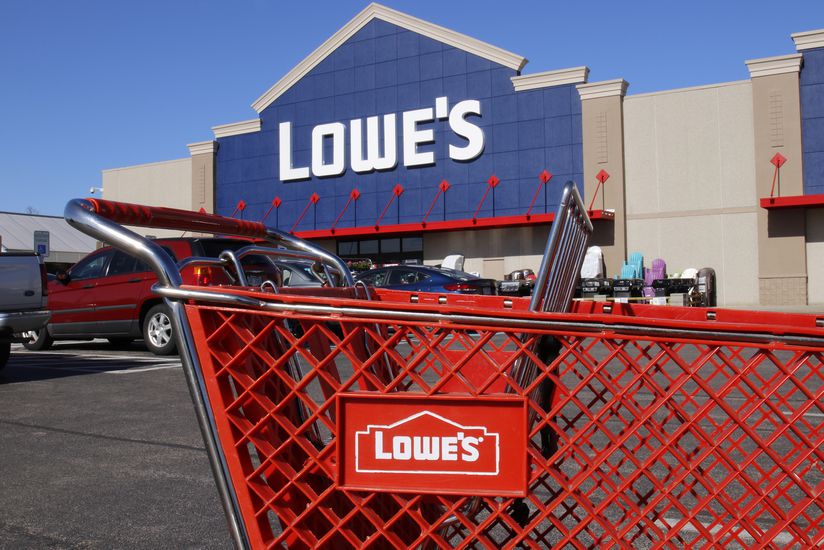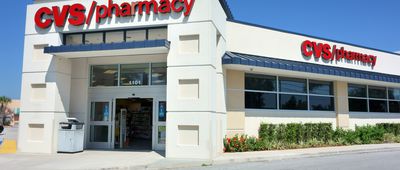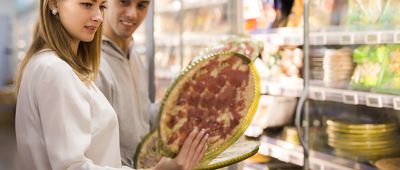Checking Out
Checkout lines are already under attack by Amazon, but may vanish entirely if stores get their way. When Amazon opened its first bricks-and-mortar Amazon Go locations last year — where customers can purchase products using smartphones, without cashiers or checkout lanes — there was some question as to whether other retailers would follow. The answer has been mixed, with self-checkout being a sore subject for retailers and shoppers. But there's another model some businesses are following: Apple, which enabled mobile points of sale throughout its stores over a decade ago, eliminating the need for checkout lanes or dedicated cashiers. Curious about other ways that stores are eliminating the need for checkout lanes? Check out 12 Tips and Tricks to Make Grocery Pickup Worth Trying.









































